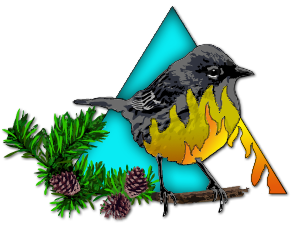Navigation

Upcoming Events
There are no events planned.
2015-2016 Webinar Series
Fire history, climate, and Ojibwe land use over the past 400 years in the Boundary Waters Canoe Area Wilderness of Northern Minnesota
Thursday, March 17, 2016 at 2 PM Eastern /1 PM Central
Evan Larson
Department of Geography
University of Wisconsin-Platteville
larsonev@uwplatt.edu
Kurt Kipfmueller, Department of Geography, Environment & Society, University of Minnesota
Lane Johnson, Jemez, Field Station, National Park Service

The groundbreaking fire history developed by Miron L. Heinselman in the early 1970s led to a deeper understanding of the importance of fire as an ecological process and its key role in creating landscape-scale patterns in the forest communities of northern Minnesota. Here, we expand on Heinselman’s work through (1) a new fire history record developed from the crossdated rings and fire scars of 291 cross sections collected from remnant red pine stumps and logs remnants found across the Boundary Waters Canoe Area Wilderness (BWCAW), and (2) forest age structure derived from 930 trees sampled across 31 sites that span our study area. These data illustrate spatial and temporal variations in fire activity over the past 400 years that clearly depict climate as an important driver in fire occurrence across this region, as well as broad trends in fire activity that included an increase in fire occurrence in the early 1700s, a decline in fire activity in the mid 1800s that aligned with a pulse of tree recruitment, and the near cessation of fires in the early 1900s that aligned with a massive recruitment event across the wilderness. When viewed in the context of travel corridors and Ojibwe settlements known to have existed in the area during the fur trade, these data collectively show a strong human imprint on the fire regimes of the study area, the legacies of which resonate in the current forest structure of this modern wilderness.
MP4 Video
PDF of Webinar


.png)
